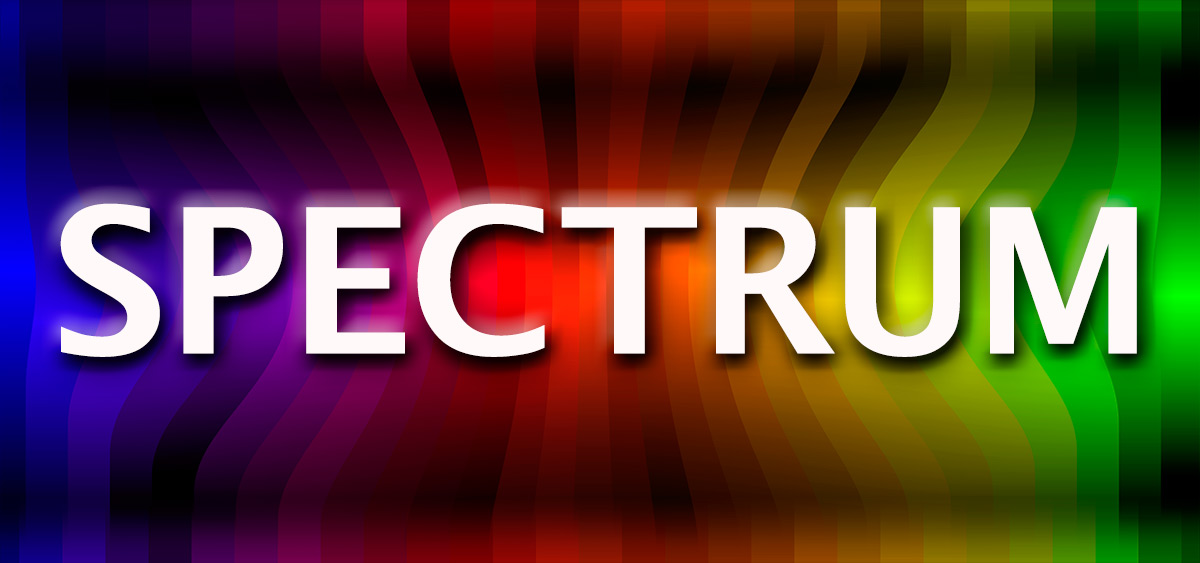Communiqué

Storytelling is Becoming More Experiential with New Available Technologies
< < Back to storytelling-is-becoming-more-experiential-with-new-available-technologiesJust reading a story, watching it on video, or listening to it on a podcast or audio book may be too static and traditional for new experiential story consumers.
With the maturation of virtual reality, artificial intelligence, holographics, and other forms of non-traditional storytelling, soon consumers will be able to control their own interpretation of a story and experience the story through senses beyond sight and sound, according to Beth Novak, associate professor in the School of Media Arts and Studies at Ohio University.
People want to control what they feel and hear and sense while consuming a story, Novak says. Many no longer want to consume stories in a passive way.
She notes that gaming and theme parks are two areas of experiential storytelling that already are implementing and advancing new technologies.
With some new technologies the consumer will actually be able to put themselves into the story and direct the storyline depending on choices they make.
These new ways of storytelling and consumption are not limited to gaming or entertainment.
Already these concepts and technologies are being used in training for doctors, military personnel and other professions. Students can have realistic training experiences without danger to themselves or others.
Novak says these experiences are amazingly realistic and that participants often feel totally immersed into the plotline and story environment.
This new way of relating information through experience also may be the new way that toddlers, who are being weened on electronic tablets, learn. Old, more static, ways of teaching may not be able to reach a young person steeped in technology and technological experiences.
Novak has a professional and academic background in design and visual effects. She worked for the Chicago Tribune and the Detroit Free Press before returning to graduate school. She received her M.F.A. from Ohio State University.
Since 2003, she has taught classes in the history of special effects, digital game production, computer animation and media in the Scripps College of Communication at Ohio University.

